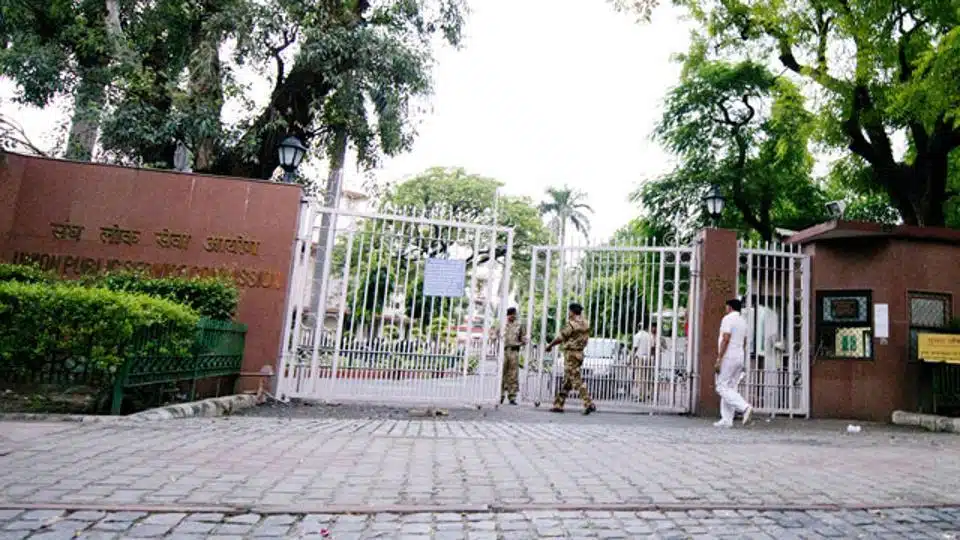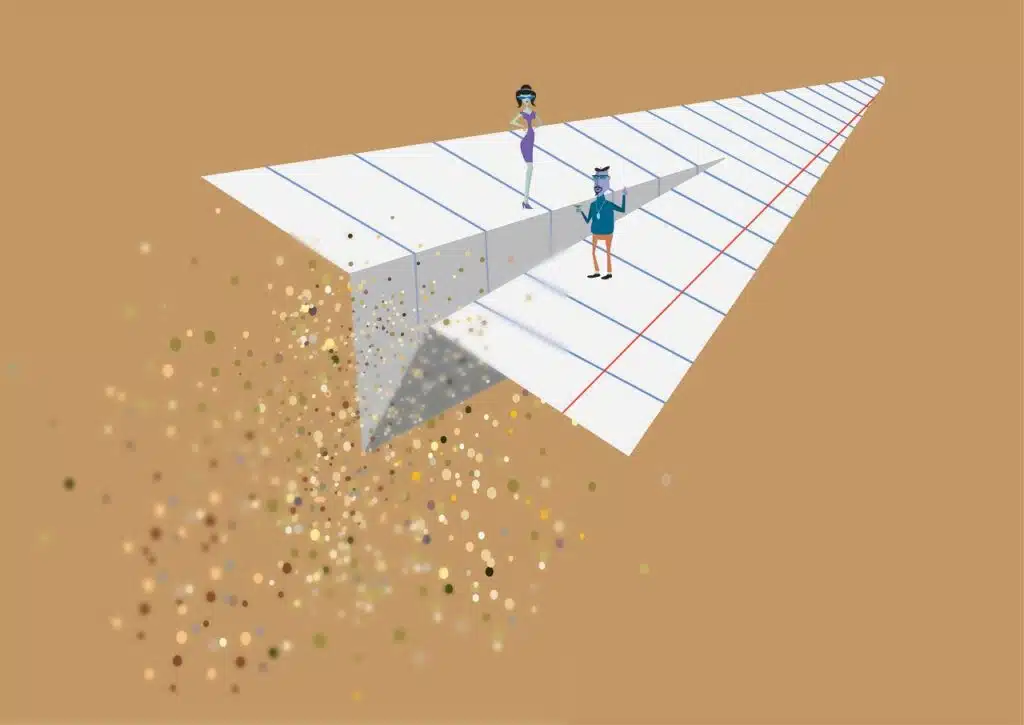Medical Science Syllabus – UPSC Civil Services Mains Exam
The optional subject in the UPSC Civil Services Mains Exam is divided into two papers, with each paper carrying 250 marks. This brings the total marks allotted for the optional subject to 500.
Medical Science Syllabus – UPSC Civil Services Mains Exam
PAPER – I
1. Human Anatomy:
Applied anatomy including blood and nerve supply of upper and lower limbs and joints of the shoulder, hip, and knee.
Gross anatomy, blood supply and lymphatic drainage of the tongue, thyroid, mammary gland, stomach, liver, prostate, gonads, and uterus.
Applied anatomy of diaphragm, perineum, and inguinal region.
Clinical anatomy of kidney, urinary bladder, uterine tubes, vas deferens.
Embryology: Placenta and placental barrier. Development of heart, gut, kidney, uterus, ovary, testis, and their common congenital abnormalities.
Central and peripheral autonomic nervous system: Gross and clinical anatomy of ventricles of the brain, circulation of cerebrospinal fluid; Neural pathways and lesions of cutaneous sensations, hearing, and vision; Cranial nerves, distribution and clinical significance; Components of the autonomic nervous system.
2. Human Physiology:
Conduction and transmission of impulse, mechanism of contraction, neuromuscular transmission, reflexes, control of equilibrium, posture and muscle tone, descending pathways, functions of the cerebellum, basal ganglia, Physiology of sleep and consciousness.
Endocrine system: Mechanism of action of hormones, formation, secretion, transport, metabolism, function, and regulation of secretion of pancreas and pituitary gland.
Physiology of reproductive system: Menstrual cycle, lactation, pregnancy. Blood: Development, regulation, and the fate of blood cells.
Cardio-vascular, cardiac output, blood pressure, regulation of cardiovascular functions;
3. Biochemistry:
Organ function tests-liver, kidney, thyroid Protein synthesis. Vitamins and minerals.
Restriction fragment length polymorphism (RFLP). Polymerase chain reaction (PCR).
Radioimmunoassays (RIA).
4. Pathology:
Inflammation and repair, disturbances of growth and cancer, Pathogenesis and histopathology of rheumatic and ischemic heart disease and diabetes mellitus. Differentiation between benign, malignant, primary, and metastatic malignancies, Pathogenesis, and histopathology of bronchogenic carcinoma, carcinoma breast, oral cancer, cancer cervix, leukemia, Etiology, pathogenesis, and histopathology of cirrhosis liver, glomerulonephritis, tuberculosis, acute osteomyelitis.
5. Microbiology:
Humoral and cell-mediated immunity Diseases caused by and laboratory diagnosis of –
Meningococcus, Salmonella
Shigella, Herpes, Dengue, Polio
HIV/AIDS, Malaria, E. Histolytica, Giardia Candida, Cryptococcus, Aspergillus
6. Pharmacology:
Mechanism of action and side effects of the following drugs
Antipyretics and analgesics, Antibiotics, Antimalaria; Antikala-Azar, Antidiabetics
Antihypertensive, Antidiuretics, General and cardiac vasodilators, Antiviral, Antiparasitic,
Antifungal, Immunosuppressants
Anticancer
7. Forensic Medicine and Toxicology: Forensic examination of injuries and wounds; Examination of blood and seminal stains; poisoning, sedative overdose, hanging, drowning, burns, DNA, and fingerprint study.
PAPER-II
1. General Medicine:
Etiology, clinical features, diagnosis, and principles of management (including prevention) of – Tetanus, Rabies, AIDS, Dengue, Kala-azar, Japanese Encephalitis.
Etiology, clinical features, diagnosis, and principles of management of Ischaemic heart disease, pulmonary embolism.
Bronchial asthma.
Pleural effusion, tuberculosis, Malabsorption syndromes, acid peptic diseases, Viral hepatitis, and cirrhosis of the liver.
Glomerulonephritis and pyelonephritis, renal failure, nephrotic syndrome, renovascular hypertension, complications of diabetes mellitus, coagulation disorders, leukemia, Hypo, and hyperthyroid, meningitis, and encephalitis.
Imaging in medical problems, ultrasound, echocardiogram, CT scan, MRI. Anxiety and Depressive Psychosis and schizophrenia and ECT.
2. Pediatrics:
Immunization, Baby-friendly hospital, congenital cyanotic heart disease, respiratory distress syndrome, bronchopneumonia, kernicterus. IMNCI classification and management, PEM grading, and management. ARI and Diarrhea of under five and their management.
3. Dermatology:
Psoriasis, Allergic dermatitis, scabies, eczema, vitiligo, Stevan Johnson’s syndrome, Lichen Planus.
4. General Surgery:
Clinical features, causes, diagnosis, and principles of management of cleft palate, harelip. Laryngeal tumor, oral and esophageal tumors.
Peripheral arterial diseases, varicose veins, coarctation of the aorta. Tumors of Thyroid, Adrenal Glands.
Abscess, cancer, fibroadenoma, and adenosis of breast.
Bleeding peptic ulcer, tuberculosis of bowel, ulcerative colitis, cancer stomach. Renal mass, cancer Prostate.
Haemothorax, stones of Gall bladder, Kidney, Ureter, and Urinary Bladder.
Management of surgical conditions of Rectum, Anus and Anal canal, Gall bladder, and Bile ducts. Splenomegaly, cholecystitis, portal hypertension, liver abscess, peritonitis, carcinoma head of the pancreas. Fractures of spine, Colles’ fracture, and bone tumors.
Endoscopy. Laparoscopic Surgery.
5. Obstetrics and Gynaecology including Family Planning:
Diagnosis of pregnancy.
Labour management, complications of 3rd stage, Antepartum and postpartum hemorrhage, resuscitation of the newborn, Management of abnormal lie and difficult labor, Management of small for a date or premature newborn.
Diagnosis and management of anemia. Preeclampsia and Toxaemias of pregnancy, Management of Post menopausal Syndrome.
Intra-uterine devices, pills, tubectomy, and vasectomy. Medical termination of pregnancy including legal aspects.
Cancer cervix.
Leucorrhoea, pelvic pain, infertility, dysfunctional uterine bleeding (DUB), amenorrhoea, Fibroid, and prolapse of uterus.
6. Community Medicine (Preventive and Social Medicine):
Principles, methods, approach, and measurements of Epidemiology. Nutrition, nutritional diseases / disorders & Nutrition Programmes. Health information Collection, Analysis, and Presentation.
Objectives, components, and critical analysis of National programs for control/eradication of:
Malaria, Kala-azar, Filaria and Tuberculosis, HIV/AIDS, STDs, and Dengue Critical appraisal of Health care delivery system.
Health management and administration: Techniques, Tools, Programme Implementation, and Evaluation.
Objective, Component, Goals, and Status of Reproductive and Child Health, National Rural Health Mission, and Millennium Development Goals.
Management of hospital and industrial waste.










Leave a Reply